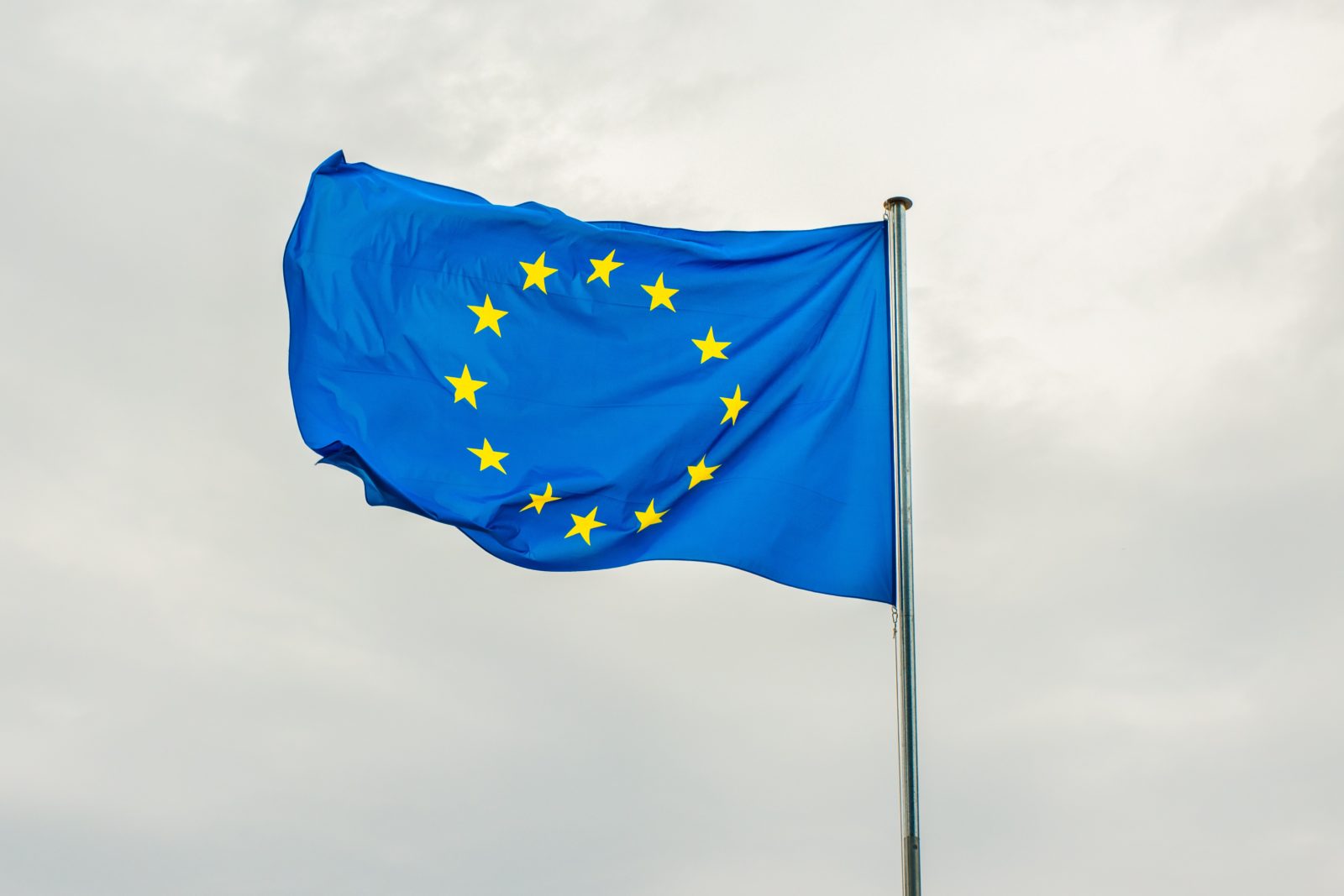The European Union’s economy grew 0.1% in the third quarter, compared to the previous three months and year on year. According to the rapid estimate released by the statistical office Eurostat, the EU economy remained stagnant in the second quarter compared to the previous three months. However, it showed an annual growth of 0.4%.
In the Eurozone countries, the Gross Domestic Product (GDP) decreased by 0.1% quarter on quarter after a growth of 0.2% from April to June. Concurrently, it increased by 0.1% year on year, but the growth rate slowed from 0.5% in the previous quarter.
When we look at individual member countries for which data are available, the highest quarter-on-quarter growth was recorded by Latvia, at 0.6%, and Belgium, where the increase was 0.5%. In Spain, the economy grew by 0.3%. The most significant declines were recorded in Ireland, Austria, and the Czech Republic.
In a year-on-year comparison, five countries recorded growth. The highest was in Portugal, Spain, and Belgium. Conversely, the economies of Ireland, Estonia, Austria, and Sweden saw the most significant declines.
This data reflects the complex and diverse economic picture across the European Union as the bloc grapples with various internal and external challenges. However, the overall growth, albeit modest, indicates resilience in the EU economy amid a global economic slowdown.





